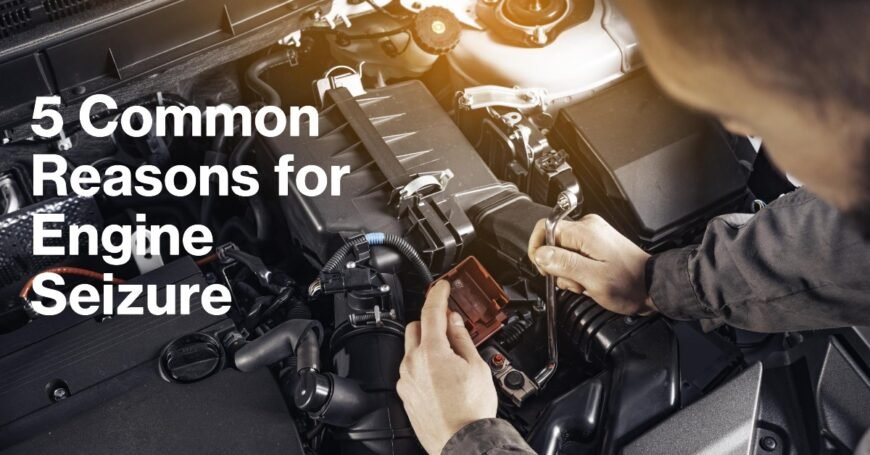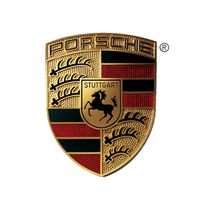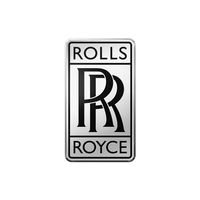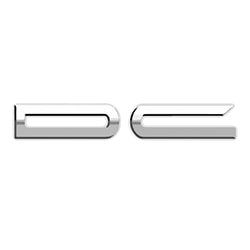Engine seizure is one of the most serious issues a car owner can face, and understanding the reasons for engine seizure is crucial—especially for luxury vehicles. Even the most finely tuned engines can fail if basic maintenance is neglected, leading to costly repairs or total engine replacement. In this article, we’ll explore the most common causes of engine seizure, what happens when it occurs, and actionable steps to protect your car from this hidden threat.
The Hidden Threat of Engine Seizure in Luxury Cars
Luxury car engines are built for performance, precision, and perfection — but even the finest engineering can fail without proper care. One of the most damaging and costly issues a luxury car owner can face is engine seizure. It occurs when an engine’s internal parts stop moving due to extreme friction or heat buildup, often caused by neglected maintenance.
Unlike ordinary cars, luxury vehicles have tightly tuned engines that demand premium oil, regular inspections, and timely servicing. Ignoring even small warning signs can lead to sudden engine failure, leaving you with expensive repairs or even complete engine replacement. Preventing seizure isn’t just about maintenance — it’s about protecting your car’s heart and preserving the performance it was designed to deliver. Luxury car engines are powerful but require premium care. Our guide on Luxury Car Engine Repair explains how timely service can prevent major failures.
Even the most premium engines aren’t immune to failure if neglected. Understanding the triggers behind engine damage is the first step toward prevention.
5 Common Reasons for Engine Seizure
Several factors can cause an engine to seize, and most of them are preventable with proper care. Below are the top five reasons your engine might fail.
Lack of Engine Oil
One of the leading causes of engine seizure is running your car with low or no engine oil. Oil plays a critical role in lubricating the engine’s moving parts. Without it, friction increases, generating excessive heat and causing metal components to grind against each other. This eventually leads to the engine locking up.
✅ How to Prevent It:
- • Regular Oil Checks: Check the oil level every 1,000 to 2,000 km or once a month.
- • Use Quality Oil: Always use manufacturer-recommended engine oil.
- • Change Oil on Time: For luxury cars, schedule oil changes every 5,000 to 10,000 km or as per your car manual.
Overheating the Engine
Driving with an overheating engine can quickly lead to a seizure. When the temperature rises beyond safe levels, the metal parts expand, reducing the clearance between components. This increases friction and can cause the engine to seize.Overheating issues are often linked with poor coolant or oil maintenance. Discover why using Synthetic Oil in Luxury Cars can help your engine run smoother and cooler.
✅ How to Prevent It:
- • Monitor Temperature Gauge: Keep an eye on the engine temperature indicator. If it rises above the normal range, stop driving immediately.
- • Check Coolant Levels: Ensure your radiator coolant is topped up regularly.
- • Inspect the Cooling System: Get your radiator, thermostat, and water pump checked periodically to avoid overheating issues.
Water Ingress into the Engine
Driving through deep water or floods can cause water to enter the engine, leading to hydrolocking. Water is not compressible, and when it enters the combustion chamber, it prevents the pistons from moving, ultimately seizing the engine.
✅ How to Prevent It:
- • Avoid Driving in Deep Water: If possible, avoid driving through flooded areas.
- • Install a Snorkel: For vehicles prone to off-road driving, installing a snorkel reduces the risk of water ingress.
- • Check for Leaks: After heavy rains, check for water leaks in the intake manifold or gaskets
Corrosion and Rust
Corrosion or rust build-up inside the engine can cause the components to stick together. This is common in cars that are left unused for long periods, especially in humid or coastal areas. The rust obstructs smooth movement, which can lead to seizing.
✅ How to Prevent It:
- • Drive Your Car Regularly: Even if you don’t need to drive daily, start the engine once a week to keep it running smoothly.
- • Use Rust Inhibitors: Apply anti-rust spray or corrosion protection to the engine parts.
- • Store in a Dry Place: Keep your car in a covered garage with low humidity.
Timing Belt or Chain Failure
The timing belt or chain keeps the engine’s valves and pistons in sync. If it breaks or slips, it can cause the valves to collide with the pistons, leading to an immediate engine seizure. This is particularly common in interference engines found in many luxury cars.
✅ How to Prevent It:
- • Replace Timing Belt on Time: Follow your car’s service manual and replace the timing belt every 60,000 to 100,000 km.
- • Listen for Signs: If you hear a rattling or ticking noise, get your timing chain checked immediately.
- • Inspect the Tensioner: Ensure the tensioner and pulleys are in good condition to prevent slippage.
Bonus Tips to Prevent Engine Seizure
Preventing engine seizure is much easier than fixing one. By following a few simple maintenance habits, you can protect your engine and extend its lifespan:
● Check and replace engine oil regularly. Fresh oil keeps engine components lubricated and reduces friction that can cause seizing.
● Avoid running your car low on fuel or oil. Low levels can starve the engine of lubrication, increasing the risk of damage.
● Watch for overheating signs on long drives. Addressing overheating early prevents serious engine stress.
● Get your cooling system inspected every 6–12 months. A well-maintained cooling system keeps the engine at optimal temperatures.
● Use only high-quality synthetic oil recommended by your car manufacturer. Premium engines require the right oil to perform at their best.
What Happens When an Engine Seizes?
When an engine seizes, it means the internal components can no longer move freely — a serious failure that brings your vehicle to an instant stop. Here’s what actually happens inside your luxury car’s engine during a seizure:
● Internal Components Lock Up: Moving parts such as pistons, crankshaft, or bearings grind to a halt due to extreme friction or overheating.
● Loss of Engine Rotation: The crankshaft can no longer turn, leading to sudden stalling, knocking sounds, or complete engine shutdown.
● Metal Fusion: In severe cases, metal parts overheat and fuse together, damaging the engine block permanently.
● Stuck Pistons & Bearings: The pistons may seize in the cylinder, and bearings can melt or deform, causing extensive internal damage.
● Wider Damage Risk: If ignored, the failure can spread beyond the engine, affecting connected systems and leading to total engine failure.
In luxury cars, where precision and performance depend on flawless engineering, an engine seizure can be especially catastrophic. Recognizing early warning signs — such as overheating, unusual noises, or low oil pressure alerts — can help you act before costly damage occurs.
Conclusion: Prevent Engine Seizure with Smart Maintenance
Engine seizure is one of the most expensive problems a car owner can face, especially in luxury vehicles. But with regular maintenance, timely oil changes, and careful driving habits, it’s entirely preventable. A well-maintained engine not only delivers smoother performance but also ensures your investment remains protected for years to come. Prevention truly is the best repair.
Car Engine Seizure FAQs
Repairs & Servicing















































